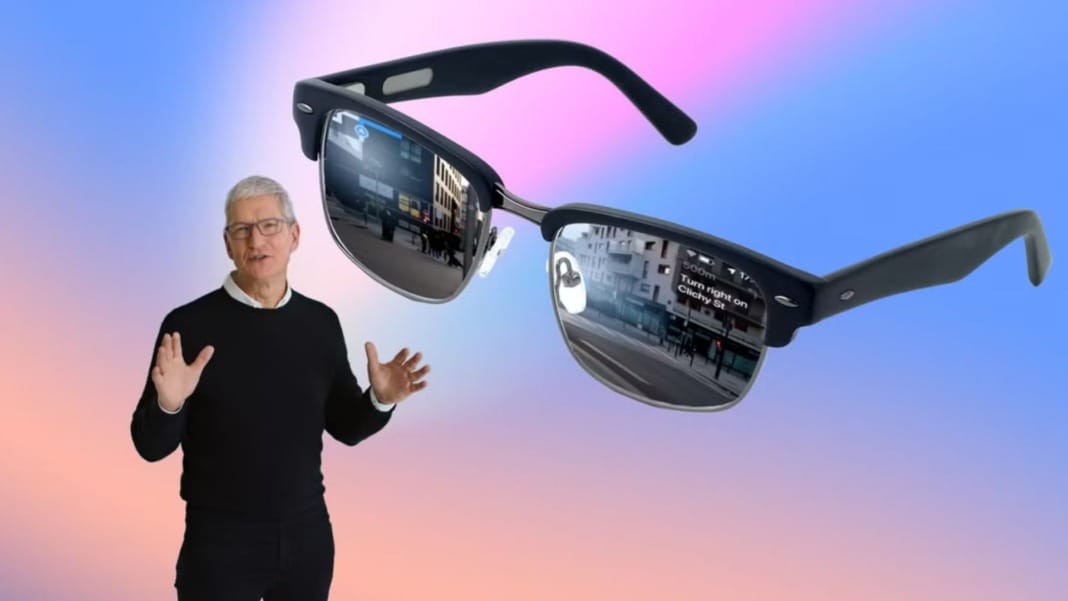At Apple’s WWDC 2025, you got your first look at Liquid Glass — the most significant redesign of the iPhone’s interface in over ten years. It’s sleek, subtle, and pointing in one direction: the future of Apple’s augmented reality (AR) glasses, which are expected to launch in 2026.
This design change doesn’t just make your phone look more modern — it might be your first glimpse into how Apple’s AR vision will come to life.
A clear step toward augmented reality
If you’ve used Apple’s Vision Pro headset, Liquid Glass may feel familiar. The new software design mirrors the aesthetic of Apple’s mixed reality interface, bringing a more transparent, layered experience to your screen. Apple says each window is like a piece of glass—lightly reflective and semi-transparent—designed to feel almost like it’s floating over your background.
This makes the interface smoother and more natural, but work must be done. Some transparency effects can distract or clash visually in the current developer beta, so refinements are expected before a public release.
Still, there’s an apparent reason why Apple is taking this approach. Unlike traditional apps and Windows’ solid, static design, Liquid Glass supports a world where digital content blends seamlessly with the physical world—exactly what you’d want from a pair of AR glasses.
Vision Pro set the foundation
The Vision Pro, launched in early 2024, didn’t quite become the must-have device Apple might have hoped. At US$3,500, it’s far from affordable, and unlike an iPhone or MacBook, it doesn’t yet feel essential. But it wasn’t a wasted effort. Apple used the headset to explore what it means to live in a digital space layered over your real one — a crucial step toward wearable AR.
Instead of immersing you in an entirely virtual world, the Vision Pro lets you see your surroundings while placing digital windows in your real space. That’s less disorienting and more comfortable for more prolonged use — and it’s the exact kind of user experience an AR glasses wearer will expect.
While Meta’s Ray-Ban smart glasses and Google’s renewed interest in wearables are heating the competition, Apple’s strength lies in refined design. The challenge is to turn that premium feel into a pair of lightweight, stylish glasses people want.
What Apple’s AR glasses could look like
Bloomberg’s Mark Gurman reports that Apple’s upcoming AR glasses include built-in cameras, microphones, and speakers. Like the Vision Pro, these glasses will support Siri as your onboard assistant, helping with tasks like taking calls, navigating, translating conversations in real-time, or showing you directions.
The key is to make these digital overlays feel natural. If you get a notification while walking, you don’t want a massive alert popping up in your face — it needs to be something subtle, semi-transparent, and non-intrusive. That’s where Liquid Glass fits in. By perfecting the look of floating, translucent windows now, Apple could make that interface work just as well on your face as it does in your hand.
You don’t need to be a tech insider to see where this is heading. With Liquid Glass, Apple isn’t just updating your screen — it’s preparing you for the next big leap in personal technology.





